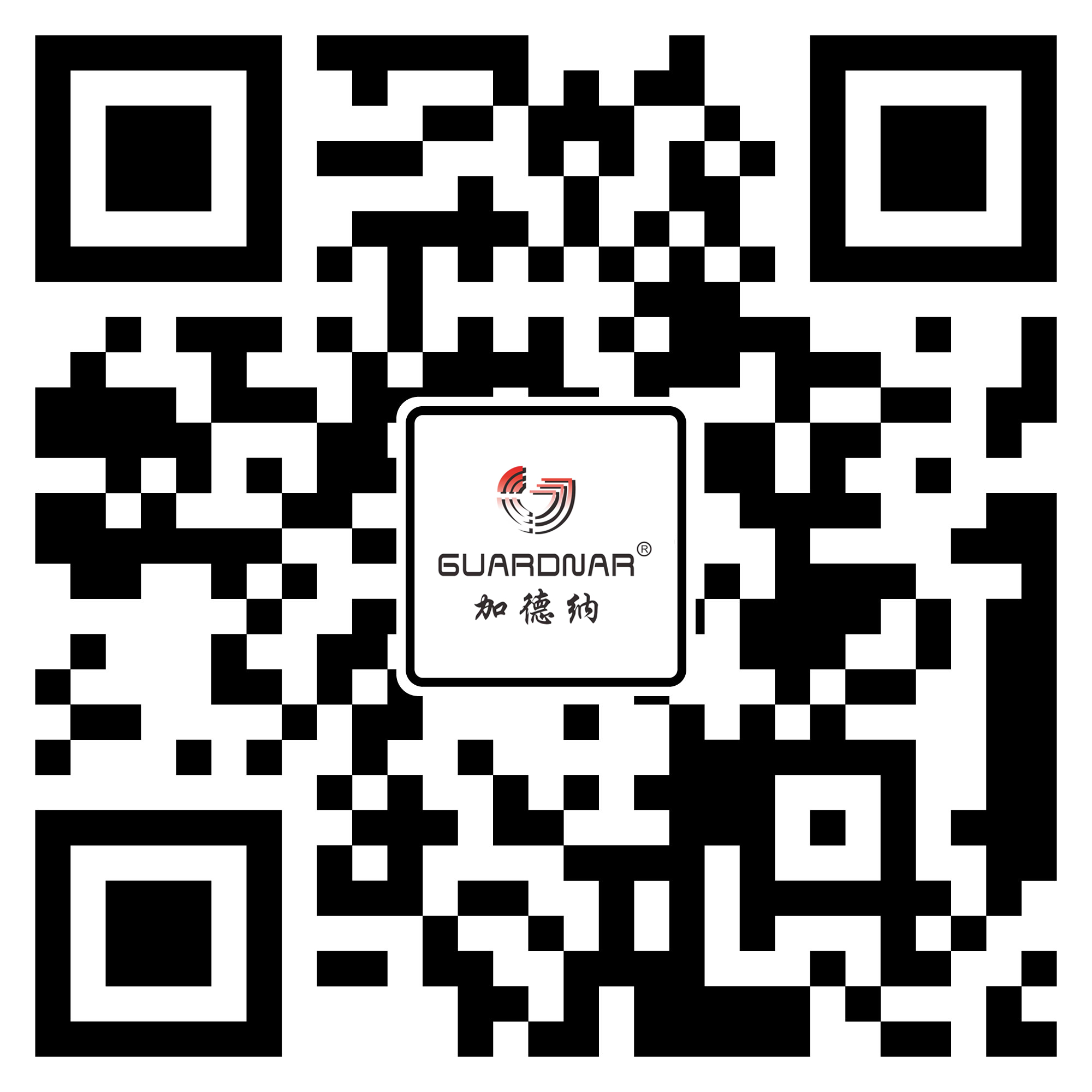Technical Features and Occupational Protection Analysis of Safety Gloves back
2025-04-24
Hand protection serves as a critical component of labor safety, directly impacting operational safety and quality. As core protective equipment, safety gloves are undergoing continuous innovation in response to evolving industrial demands.
Protective Glove Classification System
Categorized by protective functions, gloves include cut-resistant, high-temperature resistant, chemical-resistant, and insulated types. Cut-resistant gloves utilize ultra-high molecular weight polyethylene (UHMWPE) fibers, demonstrating 8 times greater cut resistance than ordinary materials. High-temperature resistant gloves employ aramid/glass hybrid fabrics, capable of sustaining continuous operation at 500℃ for 30 minutes. Chemical-resistant gloves incorporate nitrile rubber composite layers, providing over 98% penetration resistance against more than 30 chemical reagents.
Ergonomic Design Optimization
Innovative 3D knitting technology enables gloves to conform to hand contours, enhancing fingertip mobility by 40%. Non-slip textures employ micro-engraving techniques, increasing grip strength by 60% in oily environments. Breathable gloves utilize nano-scale pore designs to maintain protective properties while reducing hand humidity by 25% compared to traditional products.
Smart Monitoring Technology Integration
Smart gloves developed by a technology firm integrate pressure sensors and vibration modules to monitor grip force distribution in real-time, triggering vibration alerts upon detecting abnormal forces. Combined with IoT technology, administrators can remotely monitor glove wear status, improving replacement cycle management accuracy by 70%.
Industry Application Standard Analysis
European standard EN388 categorizes cut-resistant gloves into 5 protection levels, with the highest level capable of withstanding blade tests at 20 m/s. The DL/T 692 specification for the power industry stipulates that high-voltage insulated gloves must undergo power-frequency withstand voltage tests, requiring leakage currents below 9mA. An automotive parts enterprise introduced an automatic glove dispensing system, increasing compliance wear rates from 68% to 95%.
Maintenance Specifications
Cleaning chemical-resistant gloves requires neutral detergents and avoiding direct sunlight. Storage should maintain glove dryness at temperatures between 15-25℃. Regularly inspect glove exteriors and replace immediately upon discovering cracks or hardening. Laboratory data shows that proper maintenance can extend glove service life by over 40%.
The technical development of safety gloves is progressing toward functional integration, ergonomic design, and intelligent management. Through scientific selection, standardized usage, and maintenance, enterprises can not only reduce hand injury risks but also enhance operational efficiency, achieving dual safeguards for safety and production.
Protective Glove Classification System
Categorized by protective functions, gloves include cut-resistant, high-temperature resistant, chemical-resistant, and insulated types. Cut-resistant gloves utilize ultra-high molecular weight polyethylene (UHMWPE) fibers, demonstrating 8 times greater cut resistance than ordinary materials. High-temperature resistant gloves employ aramid/glass hybrid fabrics, capable of sustaining continuous operation at 500℃ for 30 minutes. Chemical-resistant gloves incorporate nitrile rubber composite layers, providing over 98% penetration resistance against more than 30 chemical reagents.
Ergonomic Design Optimization
Innovative 3D knitting technology enables gloves to conform to hand contours, enhancing fingertip mobility by 40%. Non-slip textures employ micro-engraving techniques, increasing grip strength by 60% in oily environments. Breathable gloves utilize nano-scale pore designs to maintain protective properties while reducing hand humidity by 25% compared to traditional products.
Smart Monitoring Technology Integration
Smart gloves developed by a technology firm integrate pressure sensors and vibration modules to monitor grip force distribution in real-time, triggering vibration alerts upon detecting abnormal forces. Combined with IoT technology, administrators can remotely monitor glove wear status, improving replacement cycle management accuracy by 70%.
Industry Application Standard Analysis
European standard EN388 categorizes cut-resistant gloves into 5 protection levels, with the highest level capable of withstanding blade tests at 20 m/s. The DL/T 692 specification for the power industry stipulates that high-voltage insulated gloves must undergo power-frequency withstand voltage tests, requiring leakage currents below 9mA. An automotive parts enterprise introduced an automatic glove dispensing system, increasing compliance wear rates from 68% to 95%.
Maintenance Specifications
Cleaning chemical-resistant gloves requires neutral detergents and avoiding direct sunlight. Storage should maintain glove dryness at temperatures between 15-25℃. Regularly inspect glove exteriors and replace immediately upon discovering cracks or hardening. Laboratory data shows that proper maintenance can extend glove service life by over 40%.
The technical development of safety gloves is progressing toward functional integration, ergonomic design, and intelligent management. Through scientific selection, standardized usage, and maintenance, enterprises can not only reduce hand injury risks but also enhance operational efficiency, achieving dual safeguards for safety and production.











